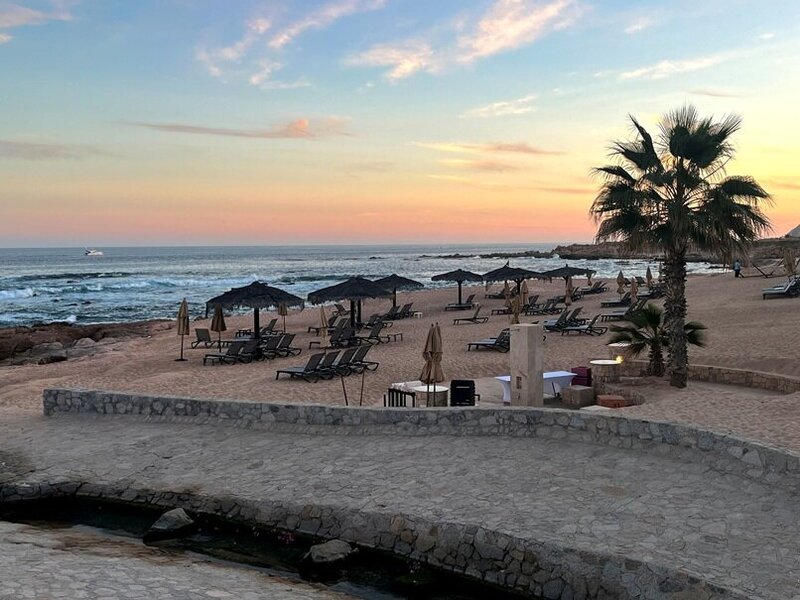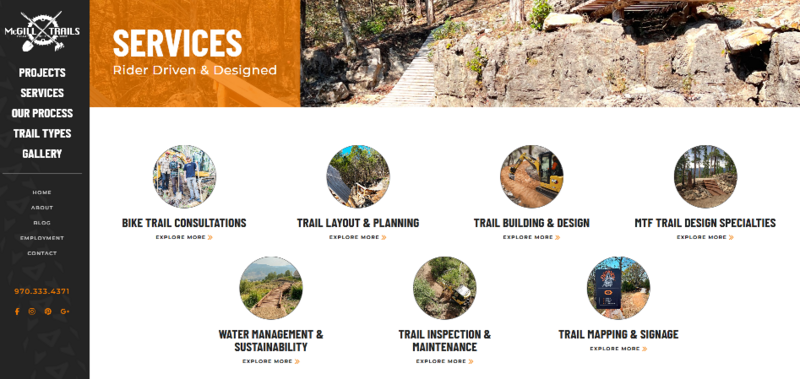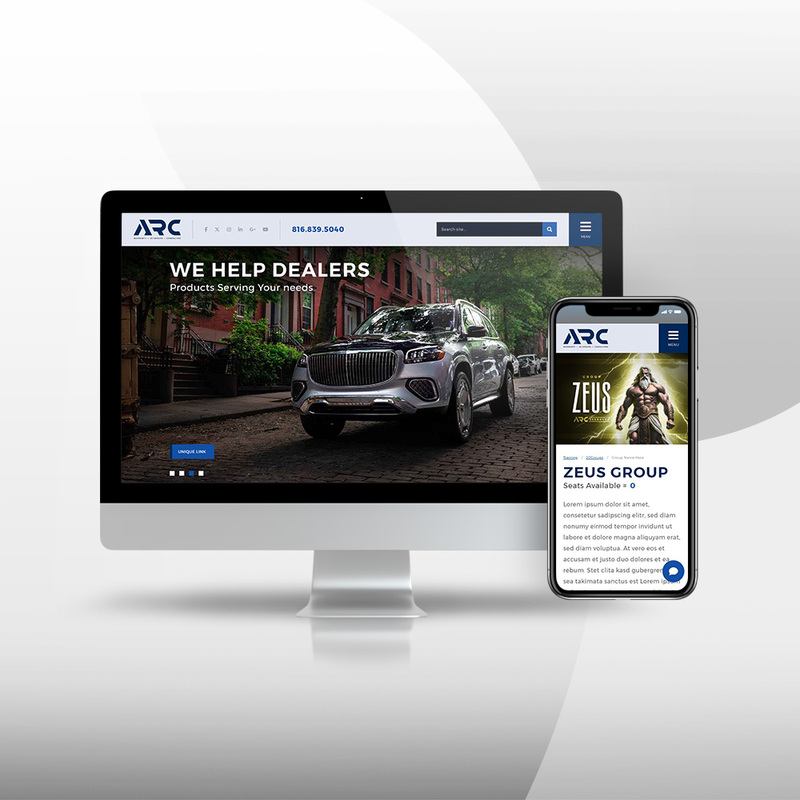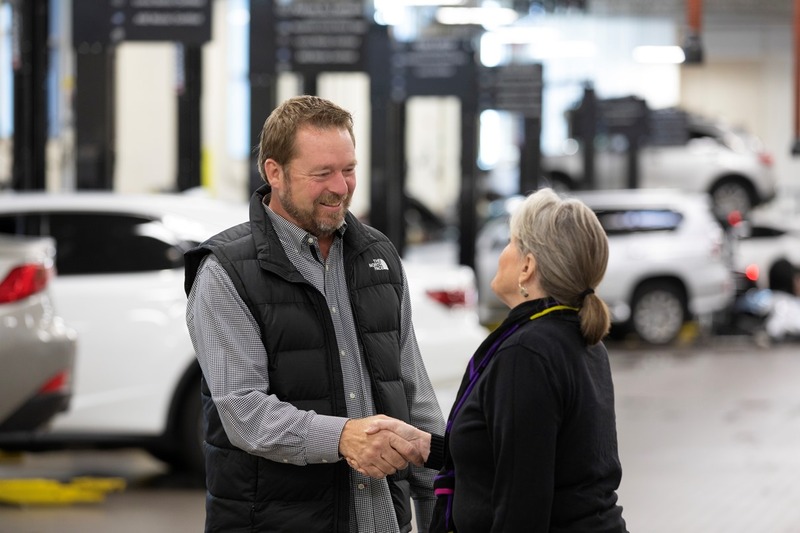A) GET YOUR WEB PAGE FOUND: SEO-DRIVEN STRATEGIES
A well-designed interior page means little if it’s not reaching your target audience. SEO (Search Engine Optimization) techniques help your page climb search engine rankings and get discovered by users searching for specific information. Here are a few tips to ensure search engines and users alike can find your page:
- Unique, Non-Duplicated Content: Every page should offer unique content that is both valuable to the reader and meets minimum character requirements. Google favors pages with original information that is relevant, speaks to the user, and is well-written.
- Optimized Titles and Meta Descriptions: Each page should have a clear, character-specific title and Meta description that sums up the page’s value concisely. Including a geo modifier (like your city or state) can improve local search results, too.
- Strategic Headers: Using H1, H2, and H3 headers makes content skimmable, improving readability and SEO. Incorporate keywords naturally into these headers, ideally with geo-specific terms when applicable, to increase local relevance.

B) MAKE YOUR PAGE VISUALLY AND EMOTIONALLY APPEALING
Once visitors land on your page, first impressions matter. Your website content should be both engaging and easy to digest, creating an inviting experience:
- Concise, Easy To Read Content: Keep paragraphs short and to the point. Remember that half of your digital visitors are on mobile devices so break up content with headers, bullet points, and visual elements to make the page scannable and inviting.
- Engaging and Emotional Language: Use conversational language that resonates emotionally with your audience. Address your companies or customers objectives by focusing on their needs and pain points, creating a connection that makes your service or product relatable and compelling.
- Incorporate Visuals, Videos, and Graphics Always: Images, infographics, and videos add depth to your content and increase engagement. Visuals can explain complex information quickly and enhance your brand’s professionalism.
An appealing web page isn’t just nice to look at—it keeps visitors on the page longer, increasing the chances of taking the next step.


C) GUIDE YOUR VISITOR THROUGH STRATEGIC NAVIGATION
Once a visitor is engaged, it’s vital to offer them a clear navigational path forward. Effective website navigation options encourage them to explore more of your website and become familiar with your offerings:
Once a visitor is engaged, it’s vital to offer them a clear navigational path forward. Effective website navigation options encourage them to explore more of your website and become familiar with your offerings:
- Internal Linking: Guide visitors to other related pages within your website, like service descriptions, client testimonials, or FAQs. Linking to relevant pages improves SEO and provides users with a richer experience.
- Clear Calls to Action (CTAs): Include strategically placed, well-designed CTAs that encourage visitors to take the next step. Direct them to main navigational pages or encourage them to contact you or learn more through your blog or resources.
- Showcase Your Brand: It’s important to add links that lead users to your team, about, or history Pages. Showcase your social media channels, your customer reviews, or a link to a gallery of past projects or case studies. This type of linking builds trust and personal connection, offering visitors a deeper look into your brand.

D) CONVERT YOUR VISITORS INTO NEW PROSPECTS
Once your visitor is ready to connect, make sure your page offers multiple options for doing so. A seamless experience increases the likelihood of lead conversion:
- Multiple Contact Options: Visitors can reach out in three primary ways: calling, submitting an inquiry form, or engaging with a live chat agent. Provide all three options to accommodate their preferences and improve your website conversion rate.
- Mini Contact Form on Each Page: Including a contact form on every page removes the friction of searching for contact details while increasing the chances of conversion. Ideally, as you track your leads, the contact form should show which page the visitor was on when they filled it out, giving business owners valuable insight into visitor interest.
- Welcoming Team Graphics: A friendly team image next to your contact form humanizes your brand and encourages visitors to reach out, fostering a sense of trust.

CONCLUSION
Creating high-converting interior web pages involves a mix of SEO, engaging content, strategic navigation, and conversion-focused design. By addressing visitors’ questions, introducing them to your brand, and guiding them through an intuitive experience, you’ll not only meet but exceed their expectations. Following these web page structure tips, we hope, will help your business increase its online success and drive stronger digital lead generation results.
For more information about Critchfield Consulting and our digital marketing services, click the provided links. If we can help your business answer any digital marketing or website design questions, please give us a call at 816-718-6617 or let us know if you’d like to have us provide our signature online marketing evaluation.



